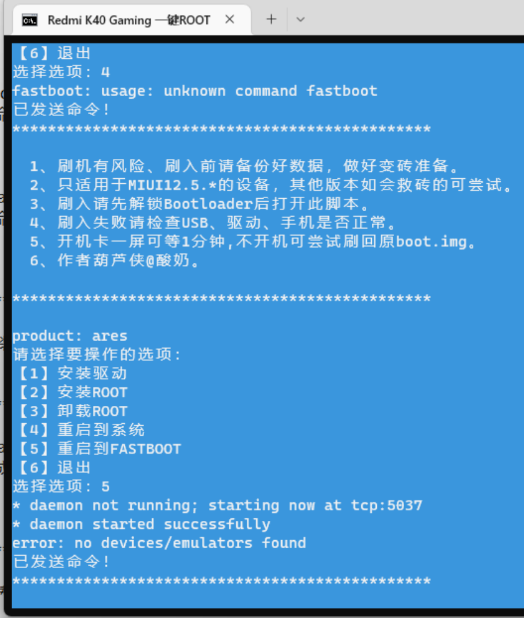opendir 函數(shù)用于打開一個(gè)目錄流,以便后續(xù)使用 readdir 等函數(shù)讀取目錄中的內(nèi)容。在使用 opendir 時(shí),可能會(huì)遇到權(quán)限問題,導(dǎo)致無(wú)法成功打開目錄。以下是處理這些權(quán)限問題的幾種方法:
1. 檢查目錄路徑是否正確
確保你提供的目錄路徑是正確的,并且存在。如果路徑錯(cuò)誤或目錄不存在,opendir 會(huì)失敗。
#<span>include <stdio.h></span> #<span>include <dirent.h></span> int main() { DIR *dir = opendir("/path/to/directory"); if (dir == NULL) { perror("opendir"); return EXIT_FAILURE; } // 使用目錄流 closedir(dir); return EXIT_SUCCESS; }
2. 檢查當(dāng)前用戶的權(quán)限
確保當(dāng)前用戶有權(quán)限訪問該目錄。你可以使用 ls -l 命令查看目錄的權(quán)限。
ls -l /path/to/directory
輸出示例:
drwxr-xr-x 2 user group 4096 Jan 1 12:34 directory
- d 表示這是一個(gè)目錄。
- rwxr-xr-x 表示目錄的權(quán)限:
- rwx 表示目錄所有者有讀、寫和執(zhí)行權(quán)限。
- r-x 表示同組用戶有讀和執(zhí)行權(quán)限。
- r-x 表示其他用戶有讀和執(zhí)行權(quán)限。
如果當(dāng)前用戶沒有足夠的權(quán)限,可以嘗試以下方法:
3. 更改目錄權(quán)限
使用 chmod 命令更改目錄的權(quán)限,使其對(duì)當(dāng)前用戶可讀。
chmod o+r /path/to/directory
4. 更改目錄所有者
使用 chown 命令將目錄的所有者更改為當(dāng)前用戶。
sudo chown your_username /path/to/directory
5. 使用 access 函數(shù)檢查權(quán)限
在調(diào)用 opendir 之前,可以使用 Access 函數(shù)檢查當(dāng)前用戶是否有權(quán)限訪問目錄。
#<span>include <stdio.h></span> #<span>include <stdlib.h></span> #<span>include <unistd.h></span> #<span>include <dirent.h></span> int main() { const char *path = "/path/to/directory"; if (access(path, R_OK) != 0) { perror("access"); return EXIT_FAILURE; } DIR *dir = opendir(path); if (dir == NULL) { perror("opendir"); return EXIT_FAILURE; } // 使用目錄流 closedir(dir); return EXIT_SUCCESS; }
6. 處理錯(cuò)誤信息
使用 perror 函數(shù)打印詳細(xì)的錯(cuò)誤信息,幫助診斷問題。
if (dir == NULL) { perror("opendir"); return EXIT_FAILURE; }
通過以上方法,你可以有效地處理 opendir 函數(shù)在處理權(quán)限問題時(shí)的各種情況。
? 版權(quán)聲明
文章版權(quán)歸作者所有,未經(jīng)允許請(qǐng)勿轉(zhuǎn)載。
THE END
.jpg)

















.png)

